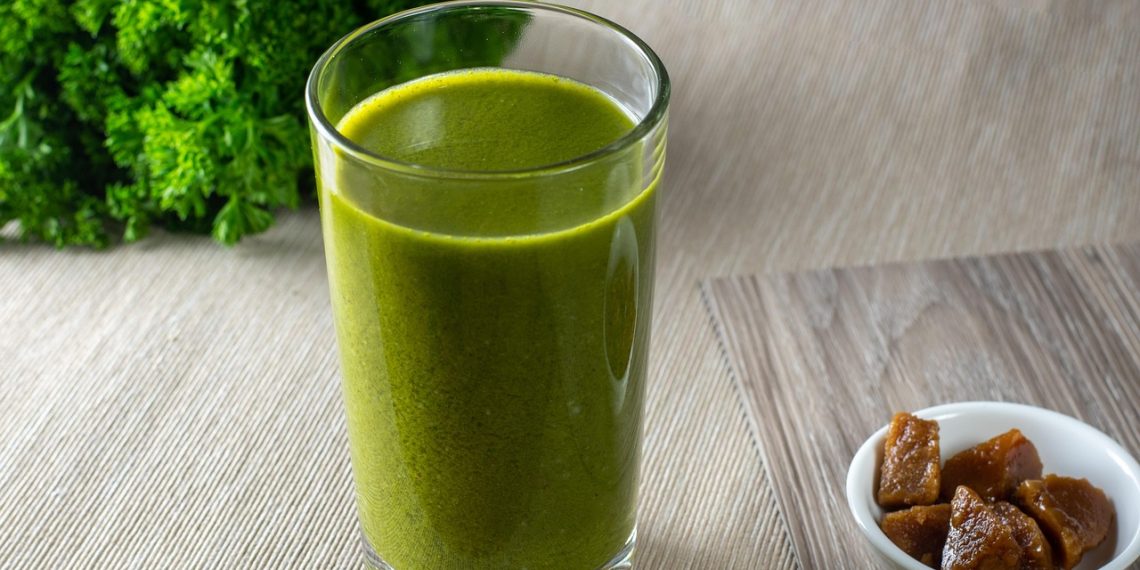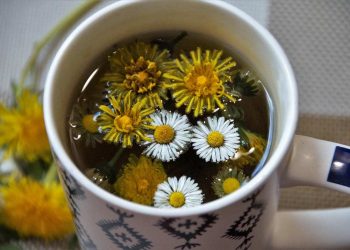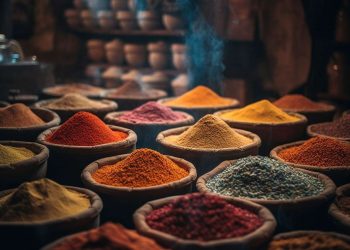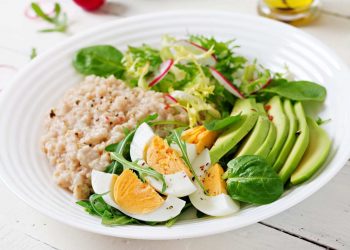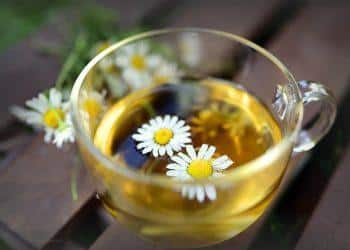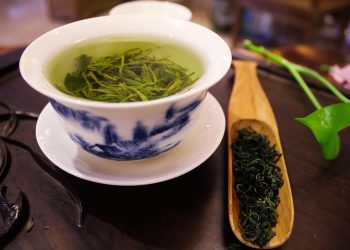Bones healing herbs are a collection of plants and extracts traditionally used to support bone repair and strengthen fracture recovery. These remedies have been around for centuries, and they matter because when your bones break, you want every honest advantage — nutrients, inflammation control, and better circulation — to help knit you back together.
When you choose bones healing herbs with care, you give your body gentle tools alongside medical treatment that can reduce pain, speed healing, and restore mobility. This guide walks you through seven high-impact herbs, practical ways to use them, safety tips, and the scientific backing so you can make smart choices for your recovery.
Contents
- Bones Healing Herbs To Speed Fracture Recovery
- Comfrey: The Traditional Bone Binder
- Turmeric: The Anti-Inflammatory Powerhouse
- Horsetail: Silica for Stronger Matrix
- Nettle: Nutrient-Dense Support
- Willow Bark: Nature’s Gentle Analgesic
- Calendula: Soothing Tissue Repairer
- Gotu Kola: Circulation and Collagen Support
- How To Use Bones Healing Herbs Safely
- Tea And Tincture Recipes For Quick Support
- Safety And Interactions To Watch
- Growing, Sourcing, And Choosing Quality
- Research And Evidence Behind These Herbs
- Bottom Line
- FAQ
Bones Healing Herbs To Speed Fracture Recovery
Bones healing herbs aren’t a replacement for a doctor’s care, but they can be a powerful complement. Researchers studying compounds in herbs like turmeric and nettle show meaningful effects on inflammation and bone metabolism, which matters when your fracture is at the fragile stage of new growth.
I’ll be frank: not every herb is equal. Some drive blood to the site, some calm inflammation, and others feed the cells laying down new bone. You’ll learn how to use them, what the science says, and how to avoid common mistakes.
Comfrey: The Traditional Bone Binder
Comfrey carries a reputation as the classic bones healing herbs ally for a reason. The plant contains allantoin, which helps cell proliferation and tissue repair, and historically people used it as a poultice for bone and joint injuries.
Modern caution applies: comfrey internally contains compounds that can harm the liver, so use topical comfrey preparations for short periods and only from reputable sources. Studies in wound healing and tissue regeneration point to real benefits when comfrey is applied with care.
Turmeric: The Anti-Inflammatory Powerhouse
Turmeric is one of the most cited bones healing herbs because curcumin reduces inflammation and supports bone remodeling. Clinical evidence shows curcumin can modulate inflammatory pathways that slow recovery when left unchecked.
Take it in a bioavailable form — curcumin with piperine or a liposomal formulation — and pair it with a fatty meal for absorption. For pain and swelling, a daily split dose is sensible, but always discuss with your clinician if you’re on blood thinners.
Horsetail: Silica for Stronger Matrix
Horsetail is rich in bioavailable silica, an element important for collagen formation and bone matrix strength. That’s why horsetail appears in lists of bones healing herbs: it supports the scaffolding that new bone needs to form.
Use horsetail tea or standardized extracts for short-term support, and watch mineral interactions — prolonged use can affect potassium levels. Growing evidence links silica supplementation to improved bone density in experimental studies.
Nettle: Nutrient-Dense Support
Nettle is a humble plant with a punch — iron, calcium, magnesium, and a constellation of anti-inflammatory compounds. That nutrient profile is why nettle shows up among bones healing herbs: it feeds repair.
A steamy nettle tea or a gentle tincture can boost your nutrient intake without pills. If you’re on blood pressure medication, check with your provider because nettle can interact with certain drugs.
Willow Bark: Nature’s Gentle Analgesic
Willow bark contains salicylates, the ancestors of aspirin, and is one of the practical bones healing herbs for pain relief. It eases discomfort so you can move safely — and movement helps bone healing through controlled mechanical stress.
Avoid willow if you have aspirin sensitivity, bleeding disorders, or take anticoagulants. Many studies document willow’s efficacy for musculoskeletal pain, making it a useful short-term option.
Calendula: Soothing Tissue Repairer
Calendula soothes tissue and supports healthy skin and soft tissue repair around a fracture. It’s not a bone-builder per se, but when your wound and surrounding tissue heal efficiently, the whole recovery process speeds up.
Use calendula as an infused oil or salve on external wounds and surgical incisions (with professional clearance). Clinical trials show calendula reduces wound inflammation and supports faster epithelial repair.
Gotu Kola: Circulation and Collagen Support
Gotu kola is an herb that enhances microcirculation and stimulates collagen synthesis — both crucial for laying down new bone structure. That’s why traditional practitioners include it among bones healing herbs for fracture recovery.
Taken orally or applied topically, gotu kola can aid scar quality and tissue strength. Practitioners in integrative medicine often pair it with therapies that increase blood flow to the healing site.
How To Use Bones Healing Herbs Safely
Start by telling your medical team. A fracture is a clinical event; herbs are helpful additions, not replacements. Your doctor, orthopedic surgeon, or pharmacist can advise on interactions and timing.
Use high-quality products. Look for third-party testing, clear ingredient lists, and reputable brands. If you’re pregnant, nursing, or have liver or kidney disease, get professional clearance before beginning any of the bones healing herbs discussed here.
Tea And Tincture Recipes For Quick Support
Tea and tincture are the most approachable ways to integrate bones healing herbs into daily life. Try a morning nettle and horsetail tea for minerals, and a turmeric tincture mid-day for inflammation control. Keep portions moderate and consistent.
Here’s a simple routine: nettle + horsetail tea once daily, turmeric (standardized curcumin) twice daily with meals, and topical comfrey or calendula applied two to three times daily to the injury site (unless your clinician advises otherwise).
Safety And Interactions To Watch
Be sensible: many herbs interact with medication. Willow compounds behave like aspirin. Turmeric can potentiate blood thinners. Comfrey is fine topically for brief periods but unsafe long-term internally.
If you have a complicated fracture or chronic conditions like diabetes or heart disease, coordinate with your care team. A pharmacist can quickly flag risky combinations if you bring your herbal product labels.
Growing, Sourcing, And Choosing Quality
You can grow several bones healing herbs at home — nettle, calendula, turmeric (in warm climates), and comfrey are garden staples. Grow them organically if you plan to use them medicinally.
When buying, choose brands that publish certificates of analysis and avoid vague “proprietary blends.” University extension pages and hospital formularies often list vetted suppliers for medicinal herbs.
Research And Evidence Behind These Herbs
Modern science increasingly supports traditional uses. For example, studies in journals like the Journal of Ethnopharmacology discuss comfrey’s wound-healing effects, while clinical trials on curcumin show anti-inflammatory and bone-protective benefits. Major institutions such as the National Institutes of Health host databases that summarize evidence so you can read the studies yourself.
While research varies in quality, the trend is clear: certain herbs exert measurable effects on inflammation, collagen formation, and bone metabolism. That’s why integrative clinics often include selected bones healing herbs in recovery protocols.
Bottom Line
Bones healing herbs can be practical, effective additions to fracture care when used thoughtfully and under guidance. They can reduce inflammation, feed the cells building bone, and calm pain so you can move and rehabilitate sooner. Combine targeted herbs like turmeric, horsetail, and comfrey with solid nutrition, physical therapy, and your clinician’s plan.
Use trustworthy suppliers, start low and go slow, and be honest with your medical team about everything you take. Your recovery deserves both science and commonsense.
Be gentle with yourself — healing takes time, but with clear steps and the right support, your bones can come back stronger.
I hope you feel confident to ask your provider about integrating these herbs into your recovery plan. Small, smart choices add up into big gains in mobility and comfort.
FAQ
Can bones healing herbs Replace My Medical Treatment?
No. Herbs are complementary. Fractures need medical assessment, imaging, and sometimes surgery or immobilization. Use bones healing herbs as adjuncts that may support healing and symptom relief under your clinician’s supervision.
How Soon After A Fracture Can I Start Using Herbs?
Start with safe topical herbs immediately if cleared by your clinician. For oral herbs, wait until your doctor confirms there are no contraindications with your medications or surgical plan. Always check with your care team first.
Are There Herbs I Should Avoid If I’m On Blood Thinners?
Yes. Herbs with salicylates like willow and potent anti-inflammatories like turmeric may interact with anticoagulants. Discuss any herb on your list with a pharmacist or physician before starting.
Where Can I Find Reliable Information On These Herbs?
Look to major medical centers and government databases for balanced summaries and primary studies. Resources like university extension pages and hospital integrative medicine departments are good starting points.
Bottom Line: Bones healing herbs are tools. Use them wisely, pair them with professional care, and keep your expectations realistic. Your body is remarkably resourceful — give it clean fuel, calm inflammation, and steady support.
References
-
National Institutes of Health, Office of Dietary Supplements provides evidence-based information about herbal supplements and bone health (http://ods.od.nih.gov).
-
PubMed includes peer-reviewed studies on herbs like curcumin, comfrey, and horsetail and their effects on inflammation and tissue repair (http://pubmed.ncbi.nlm.nih.gov).
-
Harvard Health Publishing offers patient-friendly articles on the benefits and risks of common herbs, including interactions and safety tips (http://www.health.harvard.edu).
-
Mayo Clinic provides clinical guidance on supplement safety and interactions relevant to fracture recovery and blood thinners (http://www.mayoclinic.org).
-
National Center for Complementary and Integrative Health provides research summaries and consumer updates on herbal therapies (http://nccih.nih.gov).
Get Your FREE Natural Health Guide!
Subscribe now and receive our exclusive ebook packed with natural health tips, practical wellness advice, and easy lifestyle changes — delivered straight to your inbox.

